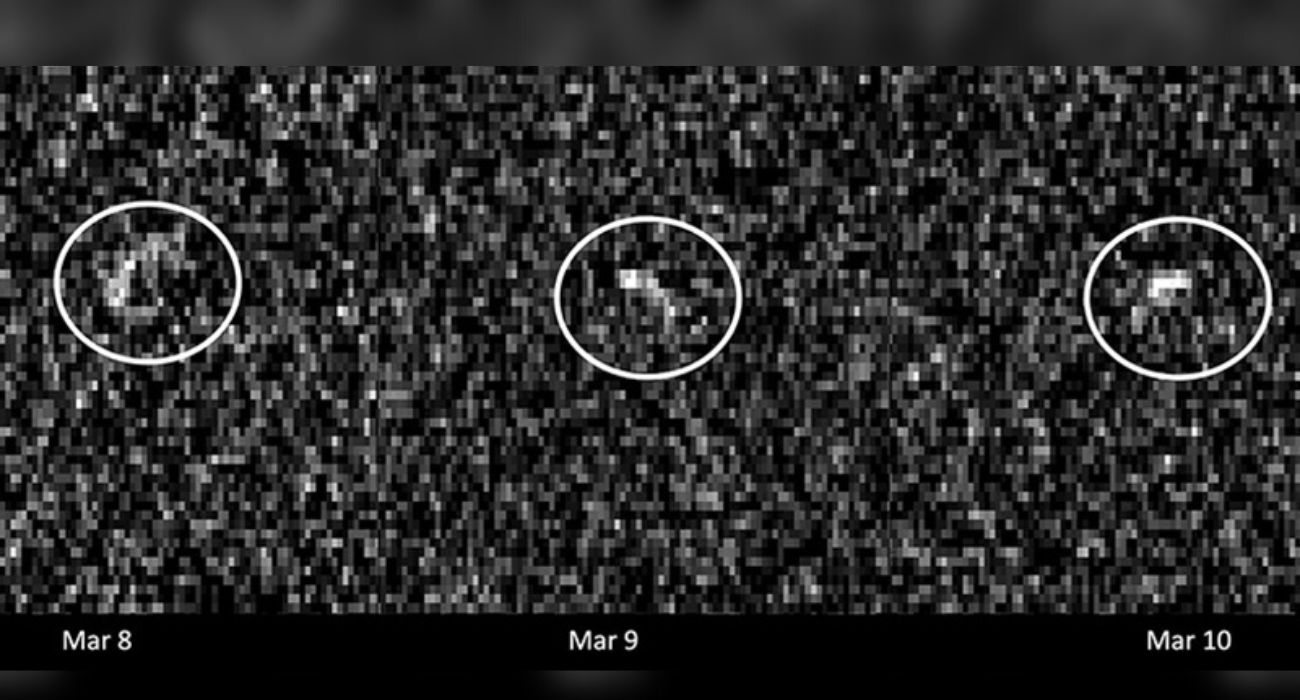A large asteroid is set to make an extremely close approach to Earth later this decade.
99942 Apophis is a large asteroid classified as a “near-Earth-object,” according to NASA. This asteroid is estimated to be about 1,000 feet across and was discovered in 2004.
Apophis is now scheduled to make a close approach to Earth on April 13, 2029, passing less than 20,000 miles away from the planet’s surface, closer than the orbit of some satellites. This will be the first recorded time that an object of its size has approached so closely to Earth, according to astronomers.
Astronomers expect this asteroid to be visible from Earth’s surface in the Eastern Hemisphere with the unaided eye.
Before its orbital period was better understood, NASA officials had considered the asteroid one of the most dangerous asteroids that could impact Earth. The asteroid’s risk factor has since significantly decreased.
Radar observation conducted on the asteroid during a more distant flyby in March 2021 gave astronomers the confidence to predict that the asteroid would not impact the planet for at least another 100 years, ruling out an impact in 2068.
“With the support of recent optical observations and additional radar observations, the uncertainty in Apophis’ orbit has collapsed from hundreds of kilometers to just a handful of kilometers when projected to 2029,” Davide Farnocchia of NASA’s Center for Near-Earth Object Studies, said previously.
“This greatly improved knowledge of its position in 2029 provides more certainty of its future motion, so we can now remove Apophis from the risk list,” he continued.
Many astronomers have expressed excitement at the opportunity of studying the asteroid.
“It’s something that almost never happens, and yet we get to witness it in our lifetime,” said Farnocchia, according to the Los Angeles Times. “We usually send spacecraft out there to visit asteroids and find out about them. In this case, it’s nature doing the flyby for us.”
Lance Benner, a scientist at NASA’s Jet Propulsion Laboratory, told the Los Angeles Times that the arrival of the asteroid represented “an unprecedented opportunity to study its physical properties and to help us learn things that we’ve never been able to learn before.”
A probe named the OSIRIS-REx, whose mission was to collect samples from near-Earth asteroid Bennu, will approach Apophis in 2029 and collect samples before returning to Earth.






